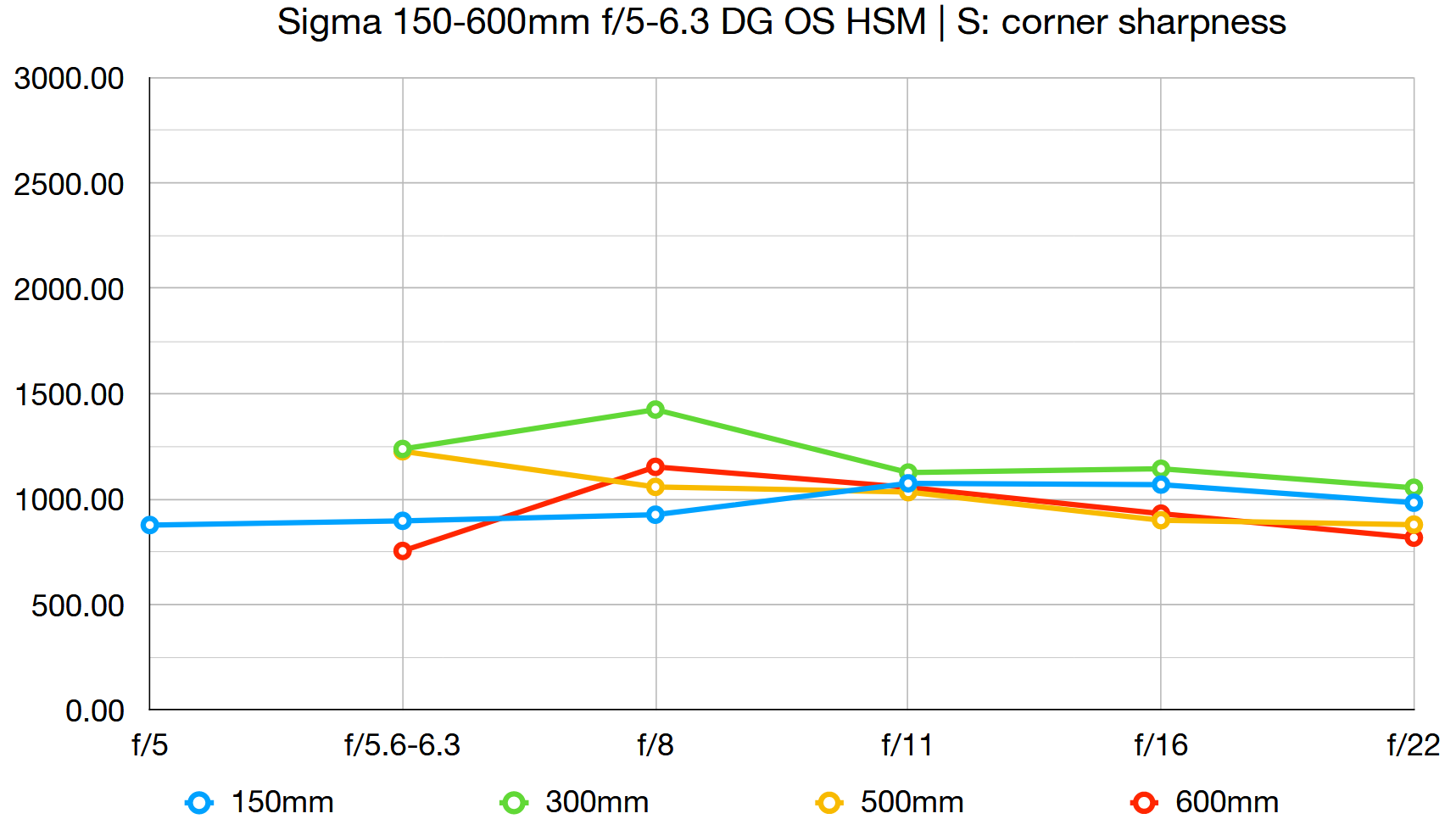Digital Camera World Verdict
The Sigma 150-600mm f/5-6.3 DG OS HSM | Sports proves that bigger can be better
Pros
- +
Tough and weather-sealed
- +
Excellent performance
- +
Great value at the price
Cons
- -
Big and weighty
- -
Pricier than the 'Contemporary'
Why you can trust Digital Camera World
The Sigma 150-600mm f/5-6.3 DG OS HSM Sports proves that bigger really can be better. It has a raft of enhancements over the more lightweight ‘Contemporary’ edition of the lens, with a classier optical path, full metal jacket and an extensive set of weather-seals. It comes at a price though, the Sports lens not only being more expensive to buy but also being a much heftier and bulkier proposition.
Specifications
Mount: Canon EF, Nikon F FX, Sigma
Full frame: Yes
Image stabilization: Yes
Autofocus: Yes
Lens construction: 24 elements in 16 groups
Angle of view: 16.4-4.1 degrees
Diaphragm blades: 9
Minimum aperture: f/22
Minimum focusing distance: 2.6m
Maximum magnification ratio: 0.2x
Filter size: 105mm
Dimensions: 121x290mm
Weight: 2,860g
Key features
From the Sports sector of Sigma’s Global Vision line-up, this lens aims for all-out performance, with no concessions to compactness or shedding a few grams. It’s noticeably bigger than Sigma’s 150-600mm Contemporary lens, and nearly a kilogram heavier, at 2,860g. Even so, it still packs away much smaller than super-telephoto zooms with built-in extenders from Canon and Nikon.
As you’d expect, the Sports lens incorporates all of the features from the lower-priced 150-600mm Contemporary model. You therefore get dual switchable autofocus modes that give priority to autofocus or manual override, dual stabilization modes for static and panning shots, an autofocus range limiter switch and two switchable custom modes. With these, you can alter autofocus speed, the amount of the stabilization effect that’s visible in the viewfinder, and more besides. However, you’ll need Sigma’s optional USB Dock to actually set up the custom modes.
As well as being physically more imposing, the Sports lens has a more robust build. Its barrel and hood are made from metal rather than plastic and, whereas the Contemporary lens has a weather-sealed mounting plate, this one has a more comprehensive set of weather-seals throughout. A similarity is that you can lock the zoom ring at any position that has a focal length marked on the barrel, which helps to avoid zoom creep.
The Sports edition has four additional elements in its optical path, including larger-diameter elements and two top-grade FLD (‘Fluorite’ Low Dispersion) elements rather than just one.
Performance
Sharpness is impressive and very consistent, throughout the entire zoom range, the Sports lens is noticeably sharper than the Contemporary edition in the longer half of the overall zoom range. Again, levels of sharpness are at or near their best at the widest available apertures, which helps to retain fast shutter speeds for freezing motion. Autofocus is super-fast and optical stabilization lives up to its 4-stop promise, making the Sigma Sports a powerful performer.
Lab results
We run a range of lab tests under controlled conditions, using the Imatest Master testing suite. Photos of test charts are taken across the range of apertures and zooms (where available), then analyzed for sharpness, distortion and chromatic aberrations.
We use Imatest SFR (spatial frequency response) charts and analysis software to plot lens resolution at the center of the image frame, corners and mid-point distances, across the range of aperture settings and, with zoom lenses, at four different focal lengths. The tests also measure distortion and color fringing (chromatic aberration).
Sharpness:


Levels of sharpness are both very good and very consistent, throughout the entire zoom range. With an aperture rating of f/5-6.3, you certainly couldn’t call the Sigma a ‘fast’ lens, but sharpness is retained well at the widest available apertures.
Fringing:

There’s only fairly minimal color fringing at the short end of the zoom range and even less at medium to long settings.
Distortion:

Pincushion distortion is very well controlled. It’s particularly negligible at 150mm and only gets slightly worse as you stretch through the zoom range to 600mm.
Verdict
The Sigma 150-600mm Sports lens for DSLRs is bigger, heavier and more expensive than the Contemporary edition but you get what you pay for. It has a stronger metal-based build with a more extensive set of weather-seals, and wider-diameter optical elements that deliver better overall image quality. All things considered, it’s an excellent super-tele zoom.
Read more:
• The best telephoto lenses
• The best 150-600mm lenses
• The best Canon telephoto lenses
• The best Nikon telephoto lenses
• The best budget telephoto-zoom lenses
• Best lenses for bird photography
Matthew Richards is a photographer and journalist who has spent years using and reviewing all manner of photo gear. He is Digital Camera World's principal lens reviewer – and has tested more primes and zooms than most people have had hot dinners!
His expertise with equipment doesn’t end there, though. He is also an encyclopedia when it comes to all manner of cameras, camera holsters and bags, flashguns, tripods and heads, printers, papers and inks, and just about anything imaging-related.
In an earlier life he was a broadcast engineer at the BBC, as well as a former editor of PC Guide.



